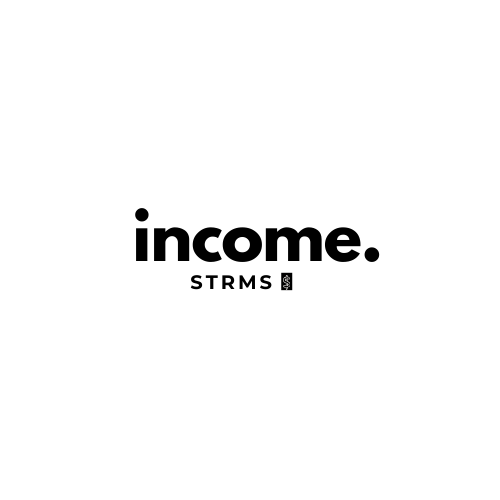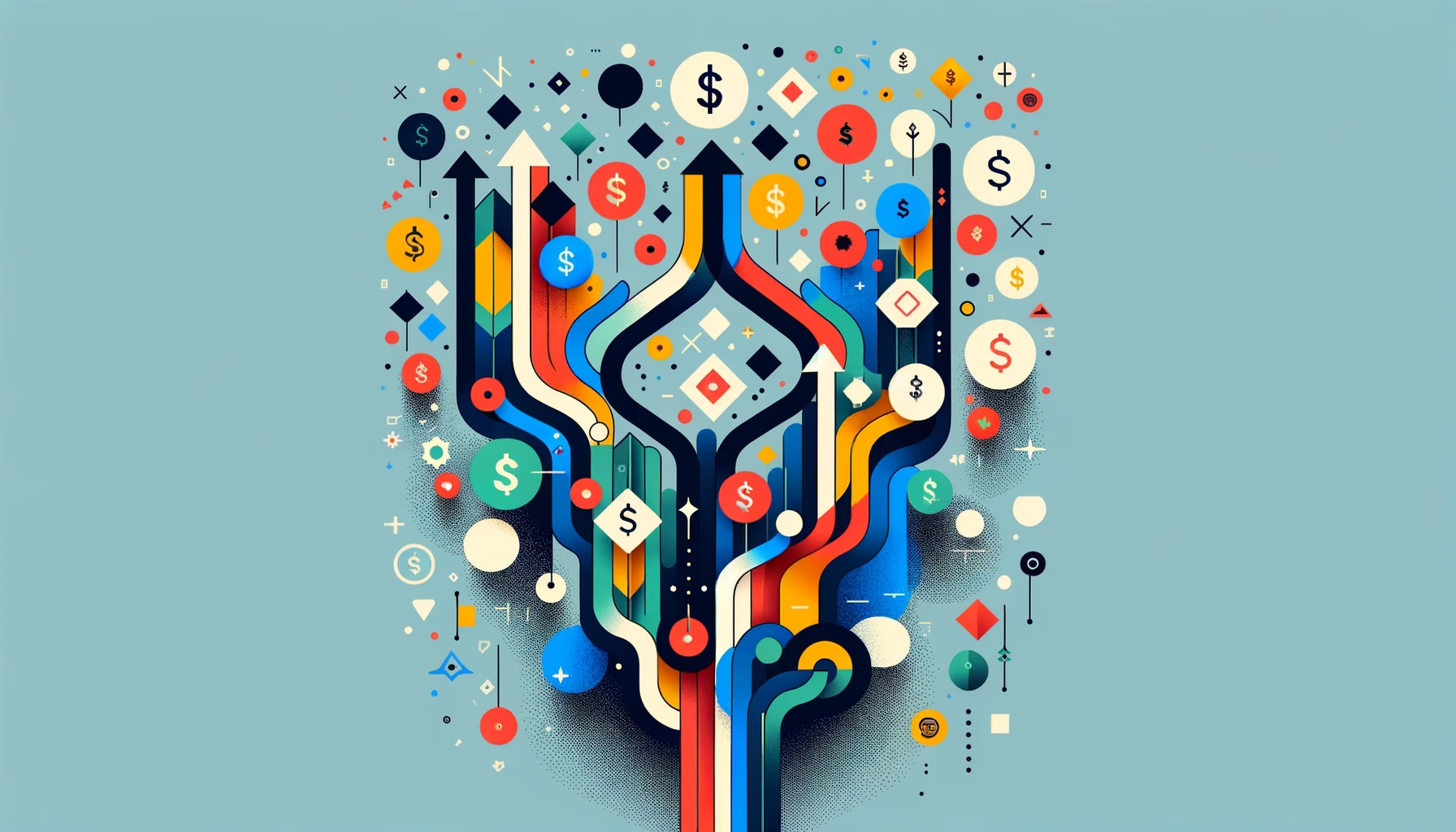Rachel How is a YouTuber that talks about various things including the UI/UX design industry, she leverages her expertise in order to create practical resources aimed at enhancing the skills of fellow designers. Her focus is on empowering designers to excel in UI/UX design, guiding them in diversifying their income streams, and boosting their productivity.
if you can't find a job, make one.
— Rachel How (@rachelhxw) September 29, 2023
As you could see by the title, she has no built a solid 9 streams of income, generating 106,241.95 (might be more now).
How Rachel How Got To Where She Is Now
Just a couple of years ago, Rachel only had one single source of income, which was her full-time job. In her own words from her video, she reflected, ‘It’s crazy to think that two years ago, my full-time job was my only source of income. It’s a huge risk to rely solely on your full-time job as the only source of income.’
This realization led her to start her journey to financial independence. Determined to reduce her reliance on a single income source, Rachel embarked on a path to diversify her income. She started with freelance UI/UX design and Webflow development and began to expand on that.
This simple start of freelancing led to more creativity and more opportunities for her. Let’s go over exactly what those things are by exploring the various streams she tapped into.
Rachel How’s Income Streams
Below were going to go into Rachel’s income streams and then we’ll further dive into how her first one led to others.
Freelance UI/UX Design and Webflow Development
53.8% of Total Income
The bulk of her income is from freelance UI/UX design and Webflow development. She worked on 20 projects, primarily working solo.
Within those projects she worked on different types of projects such as apps, websites, and admin panels which really allowed her to hone her skills. These skills allowed her to create a YouTube channel around multiple aspects of UI/UX design (her next income stream).
YouTube Ad Revenue
12.7% of Total Income
With those skills, she launched her YouTube channel. Despite her busy schedule, she was able to post 16 videos. This doesn’t sound like much, however, when you’re fully submersed in the niche you’re creating for, the quality tends to be very high, which is why she had no trouble growing her subscribers and turning YouTube into an income stream.
Brand Sponsorships
12.3% of total Income
She mentioned that she got a lot of emails from brands. However, she only chose 5. This is because she is more focused on the deals that will resonate more with her audience.
If you don’t do this, people will catch on really fast, and your content will begin to feel inauthentic. So make sure you choose carefully.
Full-Time Job
10% of Total Income
You may be wondering why a full-time job only makes up 10% of her total revenue. The reason is that she was able to quit her full-time job during the year. Her side income grew so rapidly that she didn’t need to work in a traditional job setting anymore. This transition was a major milestone in her journey towards financial independence. It allowed her the freedom to focus more on the projects she was passionate about and to further expand her income streams.
Donations
5.8% of Total Income
So Rachel creates digital products. While they are free, Rachel set it up so people could donate what they want for the product. Because of the value those products offered, a good amount of people decided to donate.
This strategy highlights a key insight: When you create something of significant value, its worth is recognized and appreciated by users, often compelling them to contribute financially, even if the initial offering is free
Paid Digital Products
3% of Total Income
This is Rachel’s favorite income source. She sells two different digital products, which have been particularly successful. The first is the ‘Creative Freelancer Kit,’ a comprehensive resource designed to help freelancers in the creative industry manage their projects, clients, and finances more effectively. The second is the ‘UI/UX Designer Resume Kit,’ tailored to help designers craft compelling resumes that stand out in the competitive job market. Both of these products reflect Rachel’s deep understanding of her audience’s needs and her expertise in UI/UX design.
Affiliate Marketing
1.7% of Total Income
Rachel has both affiliate links in the description of her videos as well as links throughout her website which is RachelHow.com.
Any time somebody purchases something she recommends she makes a commission. I could imagine this income source is going to scale quickly (or has) for her due to the fact that her following is growing fast.
Investments
Percentage not Specified
Last but not least is her investments. She didn’t really elaborate on what her investments were, however, she said she put the money into low risk investments and she didn’t make a significant amount off of them.
What Can We Learn About Rachels Income Streams
There are many things we could take away from Rachels income streams.
Choose One Thing And Build on It
The first one is to choose one thing and build on it. The problem most people have with building income streams is that they try to do too much at once.
The key is to choose ONE thing, get good at it, and then build around that thing. This is a common theme with people who build multiple income streams as Ali Abdaal has done the same.
When your income streams are aligned with one another it makes things easier.
Here’s other examples. Start a business —> make money —>document your success on YouTube (make ad revenue) —>Sell a course off the back of your YouTube subscribers teaching people how to do the same.
Start a YouTube Channel around one common thing (make money from Adsense) —-> sell a course for your niche —> teach people to do the same.
Start a Blog → “Generate Traffic” → “Monetize with Affiliate Marketing” → “Create and Sell an E-book or Digital Guide” → “Offer Personalized Consultations or Coaching” → “Expand to YouTube or Podcast” → “Develop and Sell Online Course
Diversify Wisely
Rachel didn’t jump into all income streams at once. She built them up gradually, ensuring each was sustainable and aligned with her goals. Diversification is key, but it should be done thoughtfully to avoid overextension.
Quality Over Quantity
Rachel didn’t accept any brand deal that came her way. She also grew a lo t despite only releasing 16 videos. This means Rachel focuses heavily on quality and you should too. When you get too tied up in quantity, things could get unorganized quickly.

